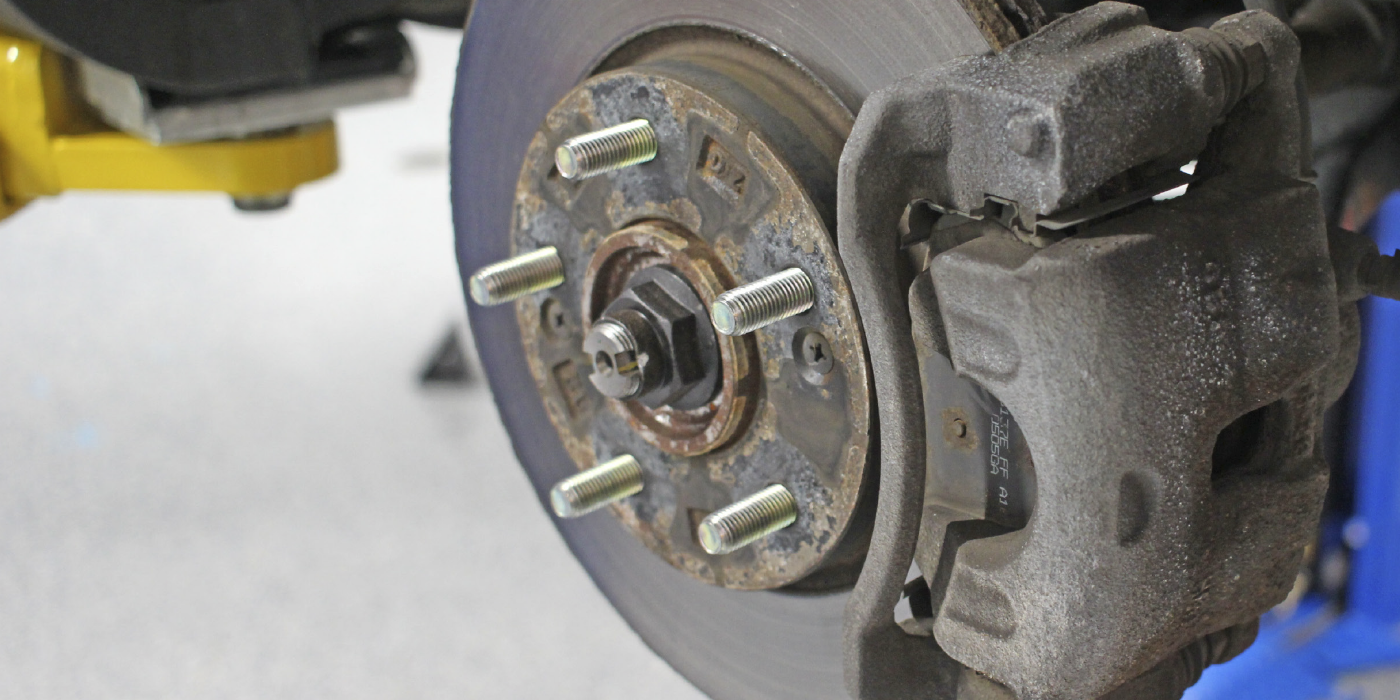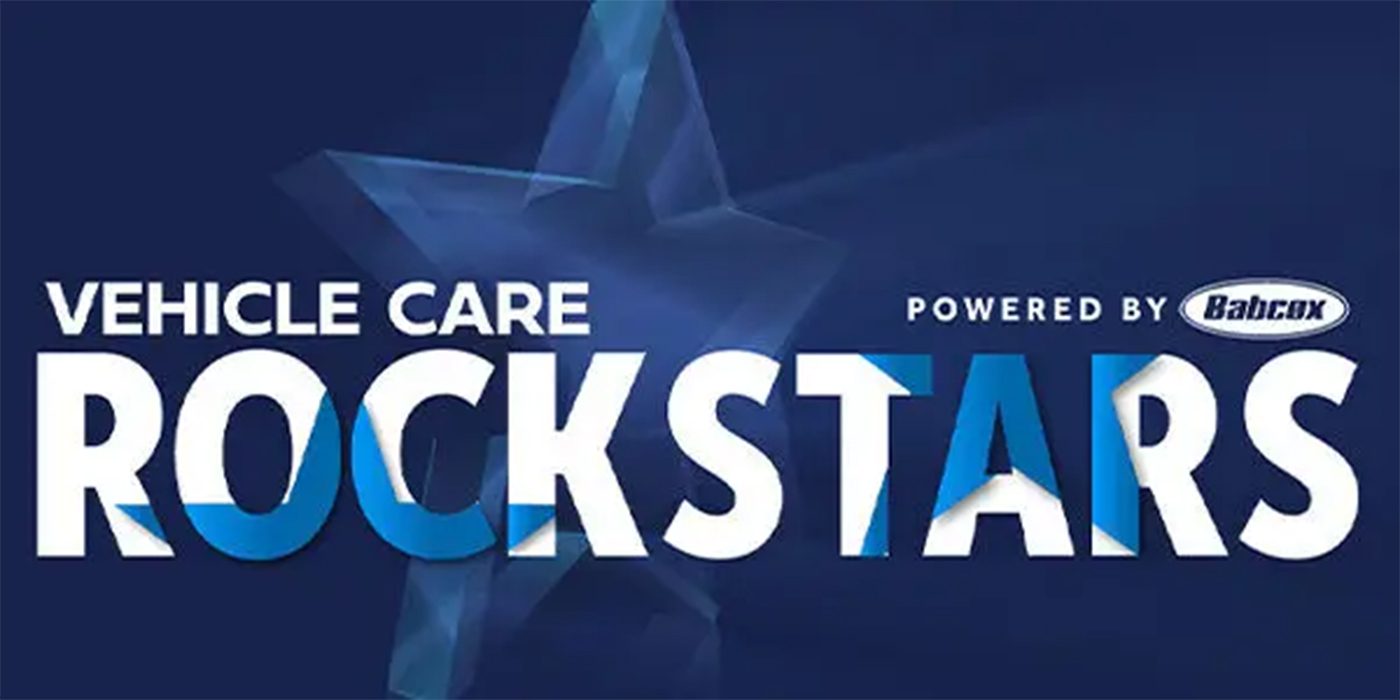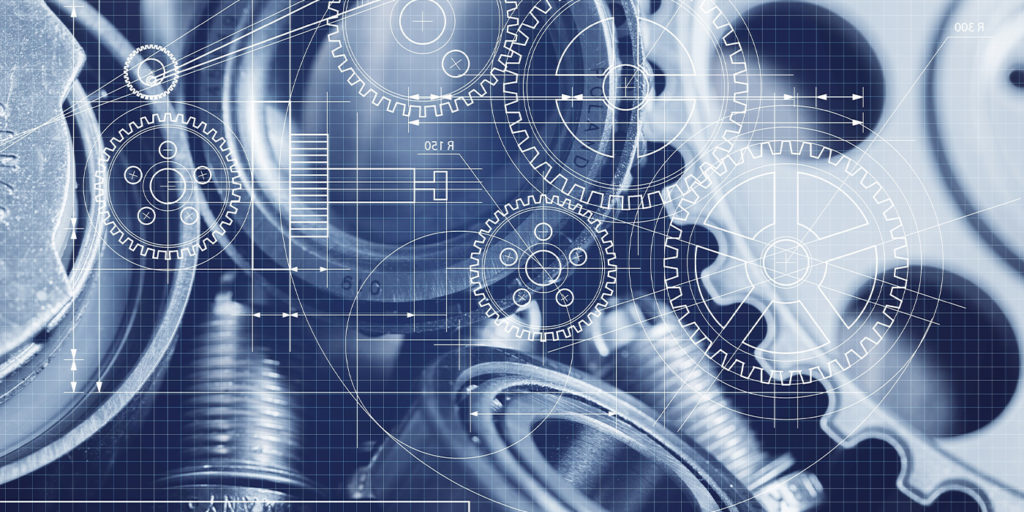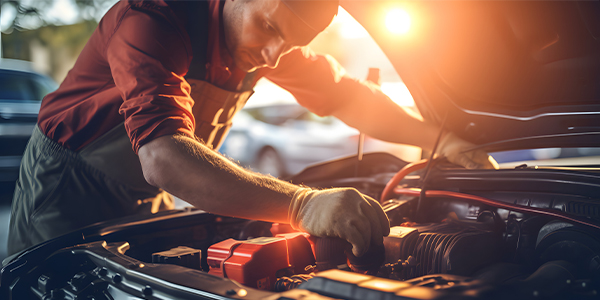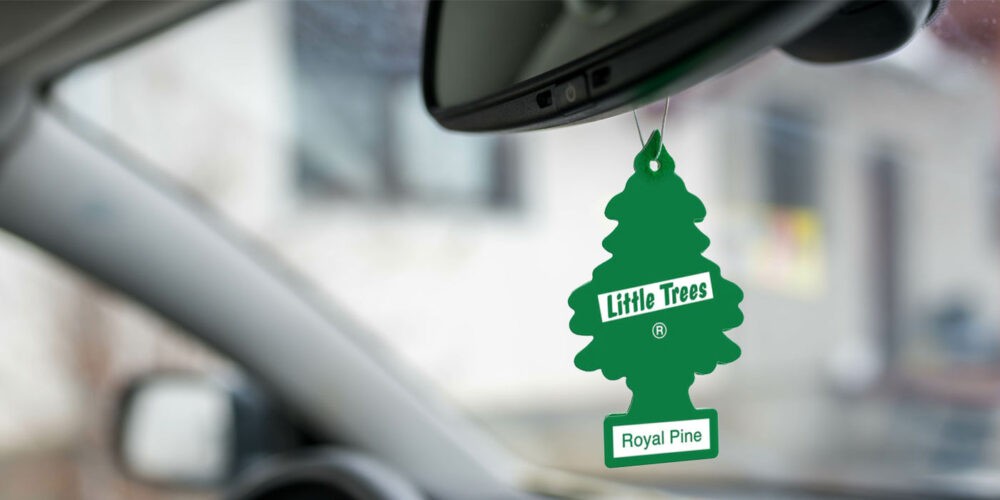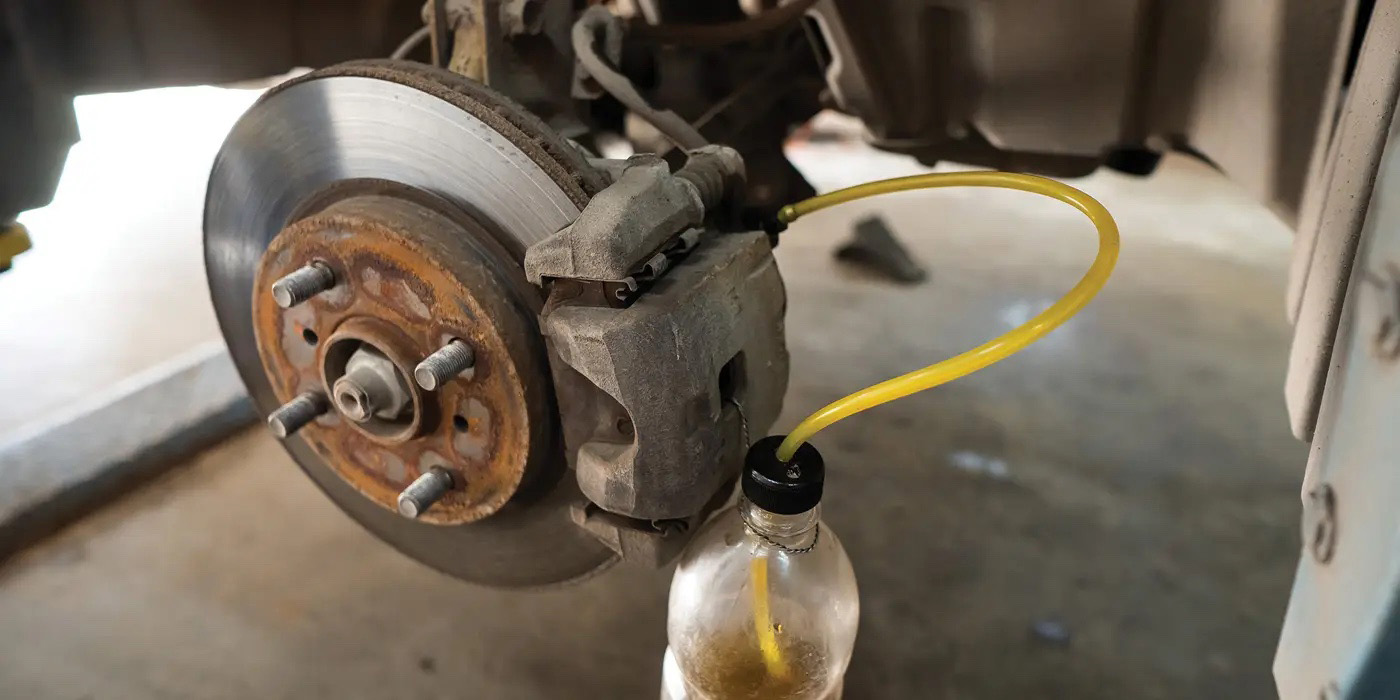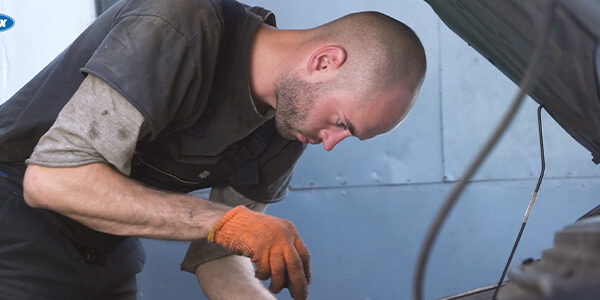I worked the front counter at a tire store in the 1990s, and we got in one of the first Corvettes with Extended Mobility Tires (EMT) and one of the first tire pressure monitoring systems (TPMS). The car belonged to an executive, and his teenage son decided to do some burnouts with the car.
But, the car did not really belong to the executive. It was a three-month or 3,000-mile company car given as a perk to top management to help them evaluate their products. The cars were then sold to employees at a considerable discount. Returning a car with bald rear tires could have caused the executive a lot of trouble and jeopardized his company car privileges.
Both rear tires set him back about $1,300 and took about a week to get to the shop. The bigger issue was going to be installation. We had a newer swing-arm tire changer that could theoretically change the tire, a 285/40R17.
When the car was dropped off, it was an event in the shop. The technician changing the tire understood that it would be a tough job with its stiff sidewalls and a larger-than-average diameter. He was prepared for the job using a composite duck head and a plastic sleeve over the tire iron. Unseating the tire bead was not an issue with the shovel on the side of the machine. Dismounting the upper bead was difficult, but not impossible. But the technician noticed the lower bead was getting caught on something, and shards of white plastic were falling out onto the turntable. We had just discovered our first TPMS sensor. The sensor was the size of an electric razor, secured to the drop center of the rim with a metal band.
TPMS on the Corvette had been around for a couple of years, but it was an option or equipped only on some of the top-end ZR-1 models. Most of the models did not have TPMS sensors. Awareness of a TPMS sensor in the center of the rim was not top of mind with technicians, outside of the dealers. Also, not too many trade publications were covering the topic.
This type of learning curve happens more often than we think. It could be not replacing a fuel line when servicing a high-pressure fuel pump, or not resetting the steering angle sensor after an alignment. These are not mistakes, but more like gaps in knowledge. These gaps can be filled with training and information.
Back in the early ‘90s when we broke our first TPMS sensor, training for that technician was on-the-job. Service information was found on CD-ROMs and in trade publications. The training was performed in person or when a new piece of equipment was installed.
Today, information is “on demand.” If you need more information, you can look it up on an internet-based repair information database. There are forums and videos that can walk you through a problem if you get stuck. You also have ShopOwnerMag.com.
Be prepared for more learning opportunities in the future to avoid expensive learning lessons like this one. It could be something like damaging a battery on an electric or hybrid vehicle when you try to lift a vehicle. Or, it could be unplugging a module for too long causing it to turn into a brick, thanks to security protocols. The only way to prevent these mistakes from happening or minimizing damage is to actively train and feed your curiosity.
We got the tires back on the Corvette after all. And we were very lucky that the local Chevrolet dealer kept the sensors in stock. According to the parts department manager, they were having the same problems mounting and dismounting these tires.


